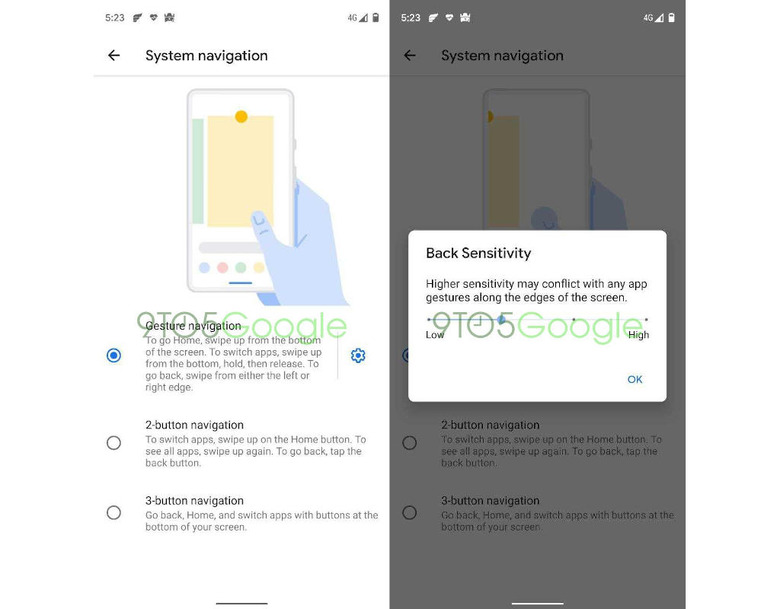Android Q Back Gesture To Fix Problems With Sensitivity, Conflicts
Both Android and iOS have started moving to fully gesture-based user interfaces. While that may make some things more fluid, it also sometimes limits the number of gestures you can use. That's especially true when gestures involve screen edges because you can only have four sides on a phone. Three since the top edge isn't always reachable. That is one of the problems with Android Q's new gestures, particularly the back gesture, a problem that it may be on its way to fixing.
Android Q, much to the sarcastic delight of iPhone users, is switching to a full gesture navigation, which is fortunately optional even if it's the default setting. Most of the gestures have been introduced in Android 9 Pie but one new gesture, in particular, is causing headaches for both developers and users. The Back gesture requires swiping inward from the edge of the screen, which conflicts with Google's own side navigation drawer UI gesture.
It seems that Google is making two big changes to resolve this conflict. The first is that it will be adding a setting for Back Sensitivity. The setting, which appeared in an unreleased Android Q build, goes from Low to High, with the latter risking conflict with other gestures that start from the screen edges.

Google will also be changing the gesture for the side drawer itself. Users will be able to take a peek at the drawer before fully swiping inward to reveal it. Any instant swiping will presumably be interpreted as a Back gesture.
🚧 The drawer behavior is changing. Users will be able to open the drawer by peeking the drawer, and then swiping. Big benefit is that this works with existing apps with "old" DrawerLayout versions. pic.twitter.com/WVyOzQFzHO
— Chris Banes (@chrisbanes) July 2, 2019
The build with these changes has not yet been released as another beta. With Android Q's launch just a month or so away, however, we won't have to wait long to see if these will really fix user's complaints about that shiny new full gesture navigation system.
